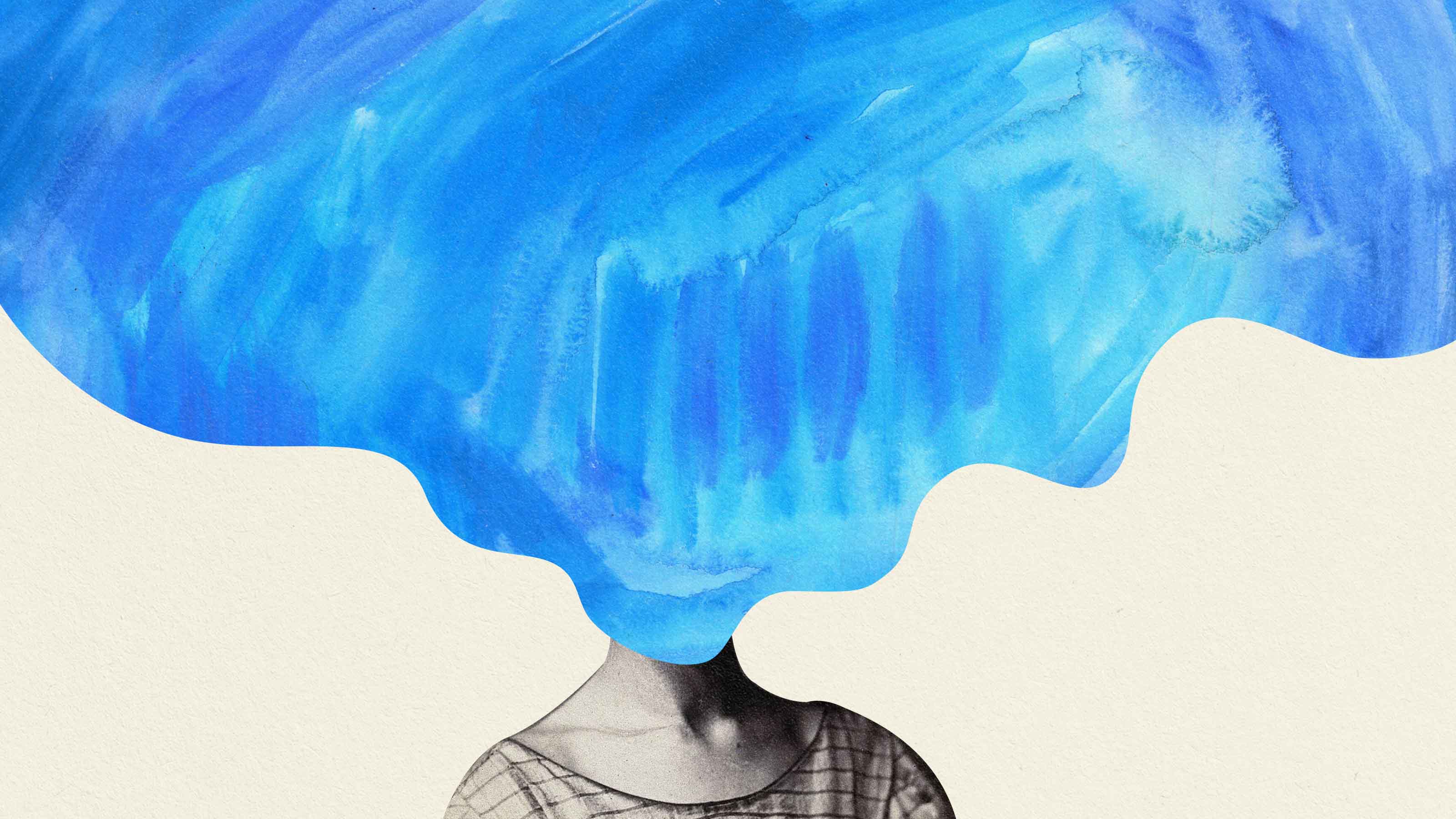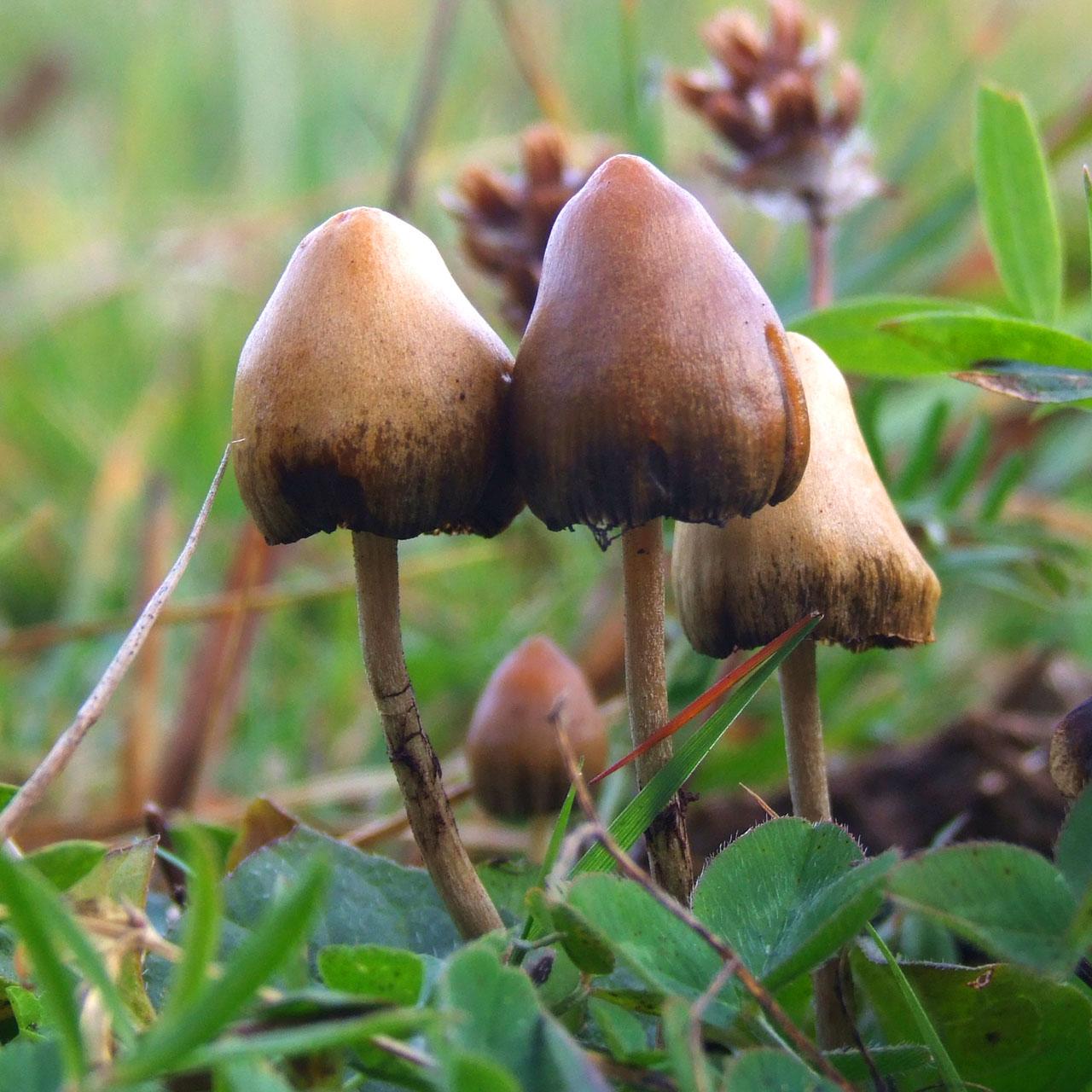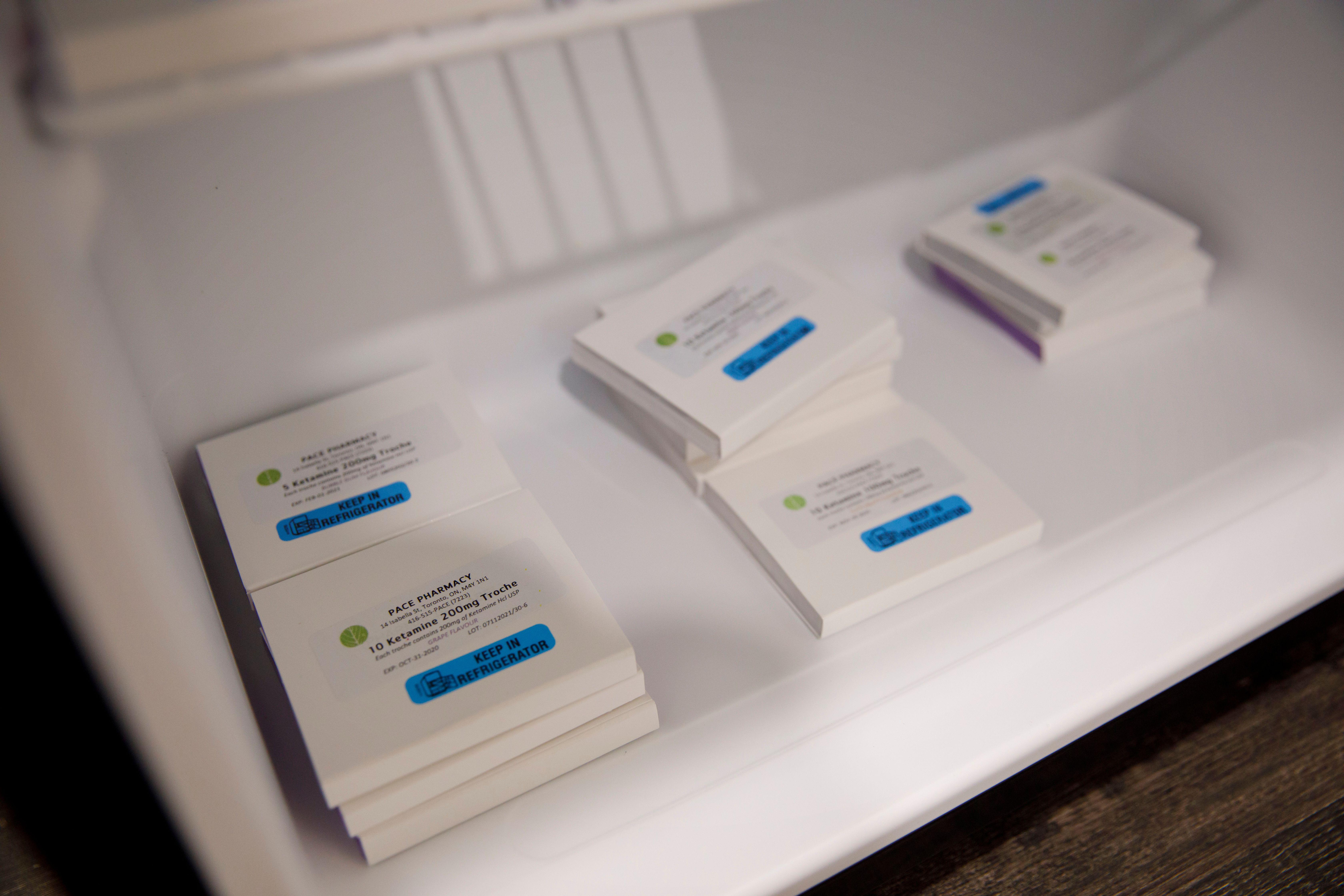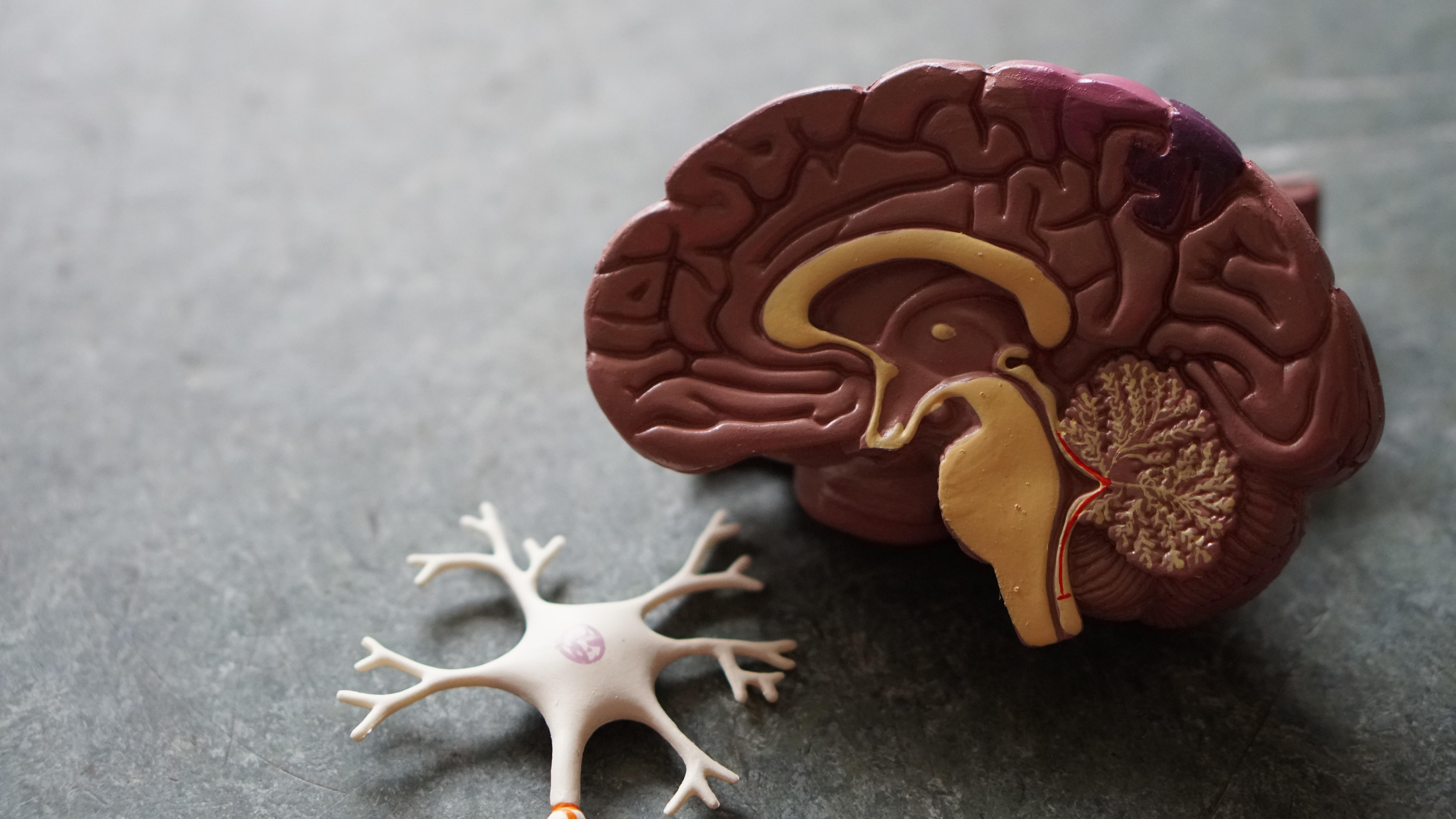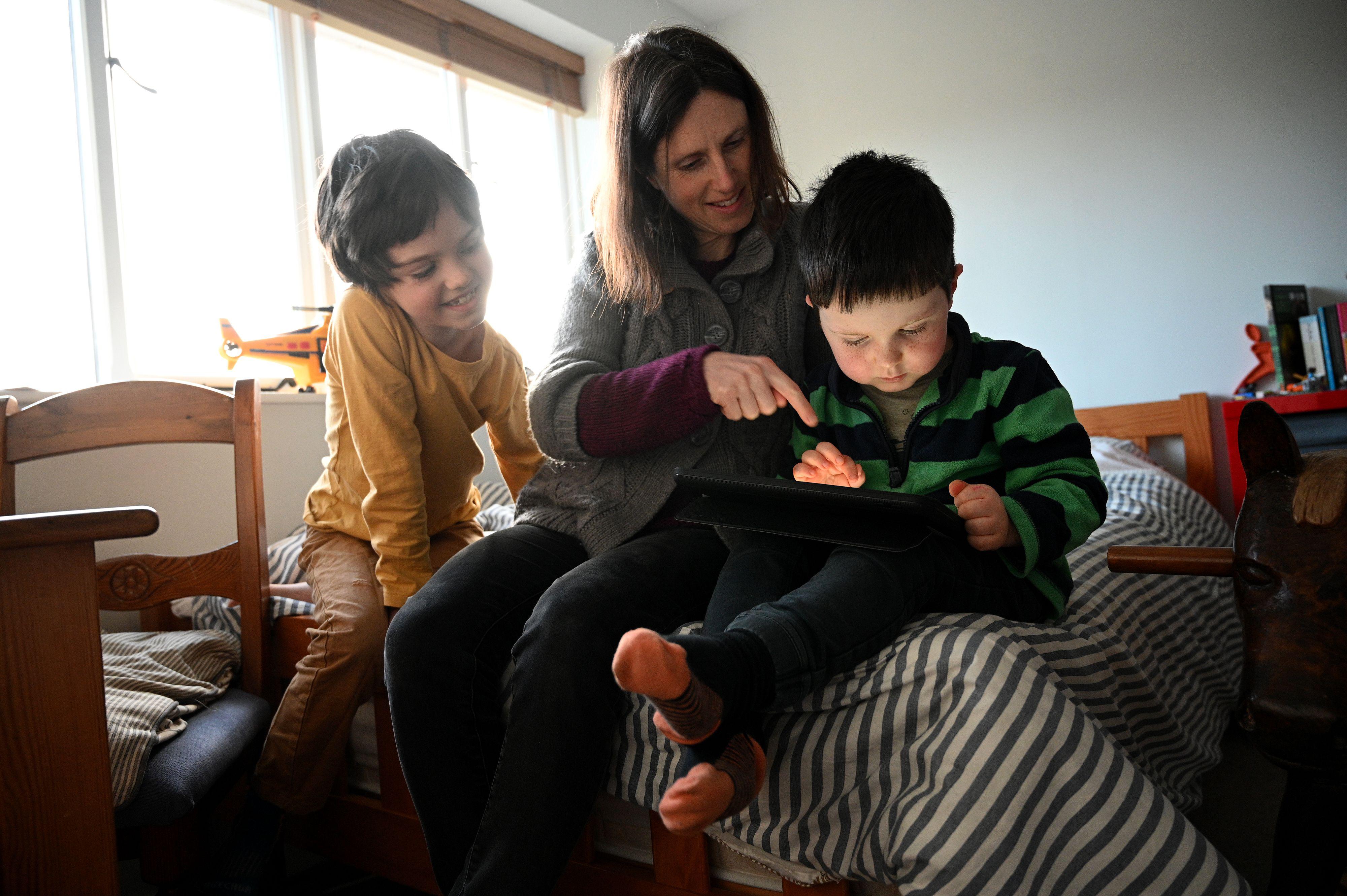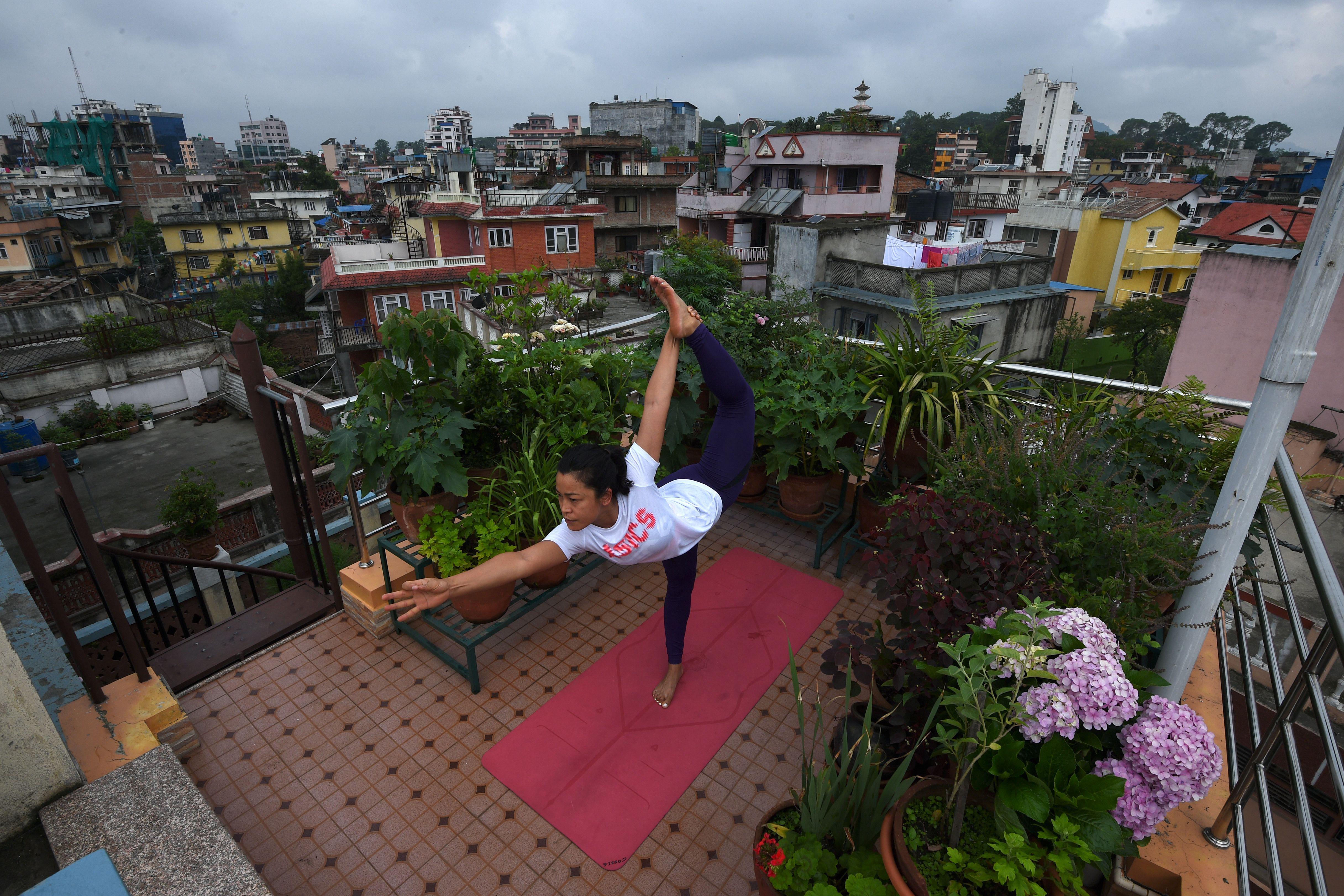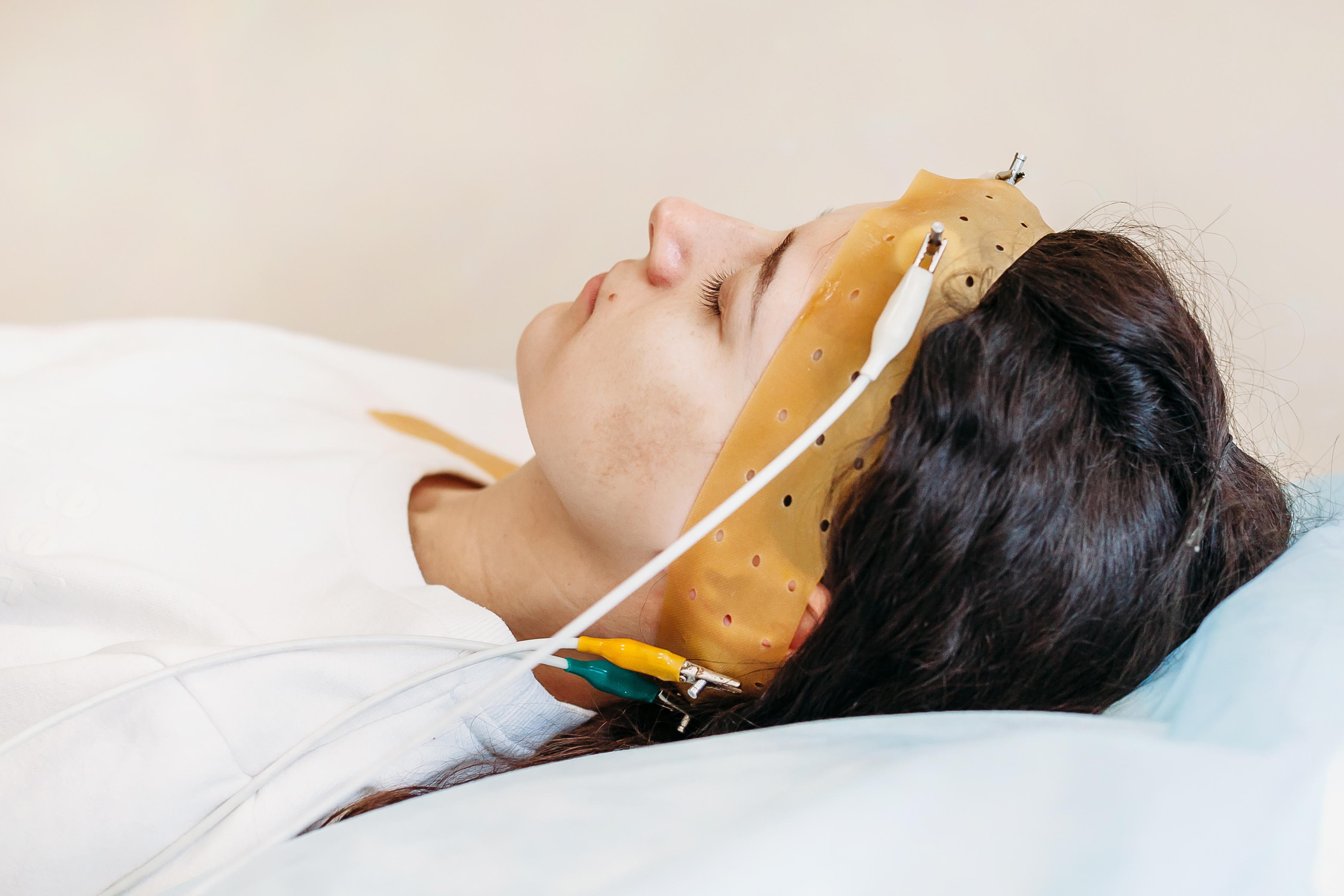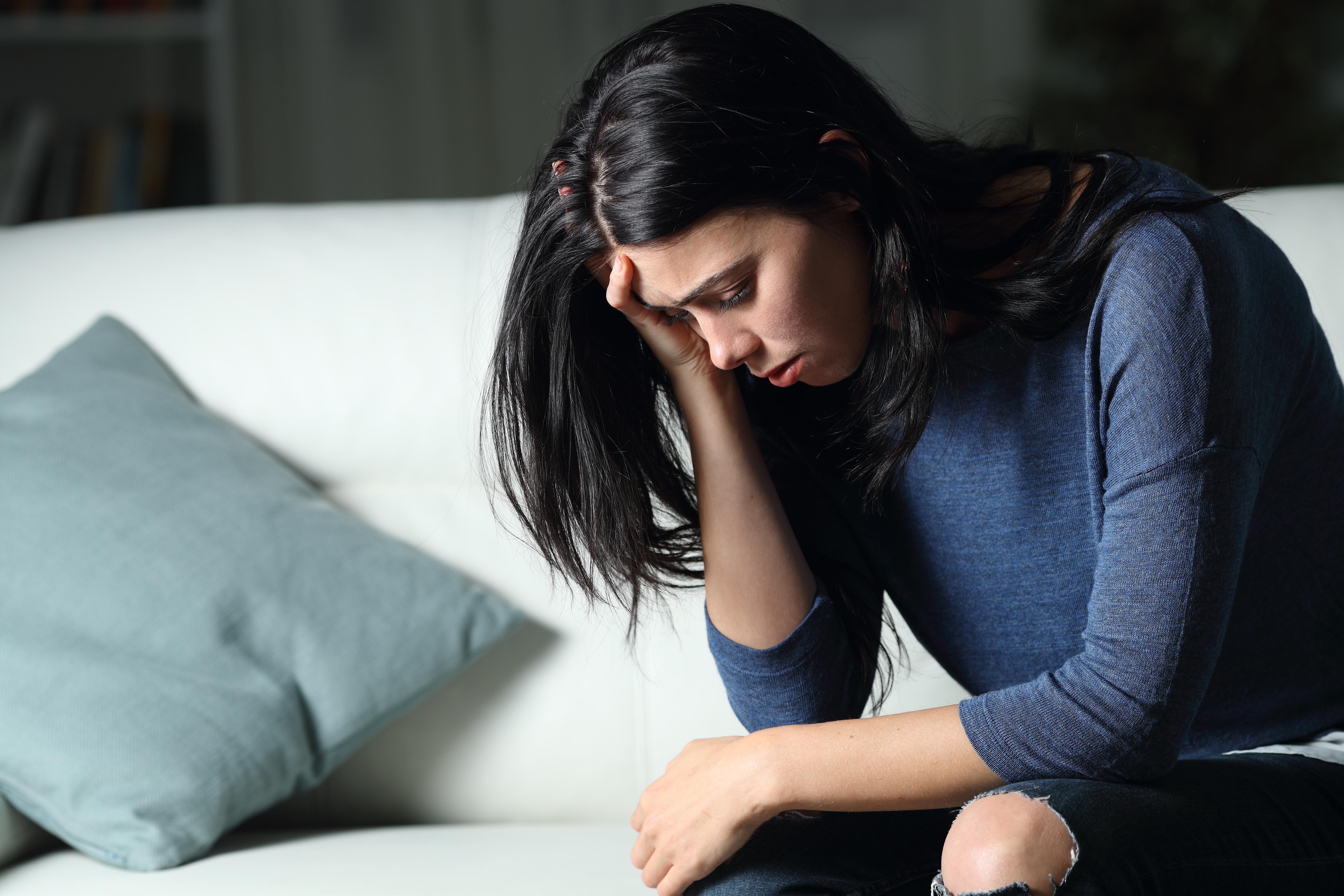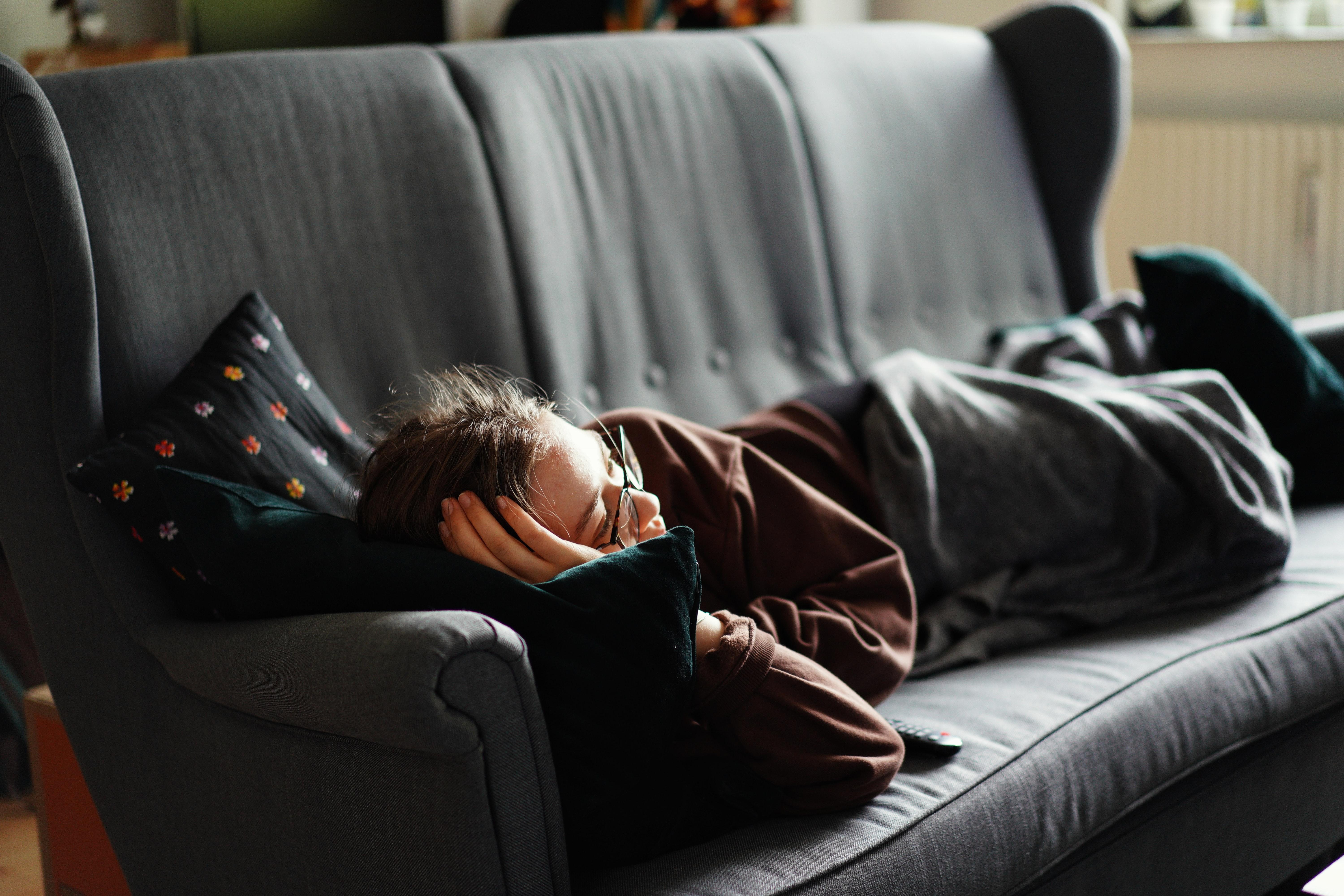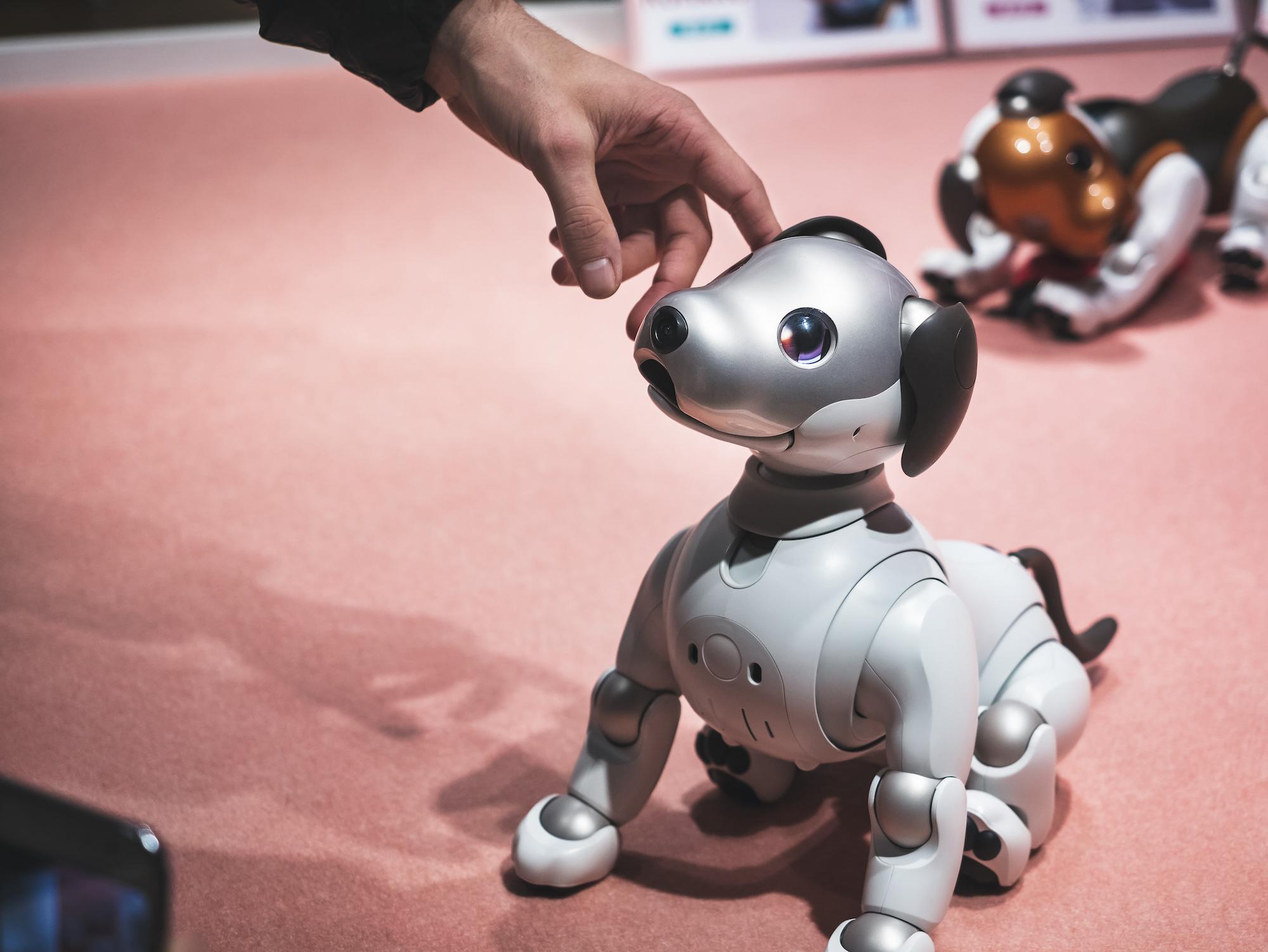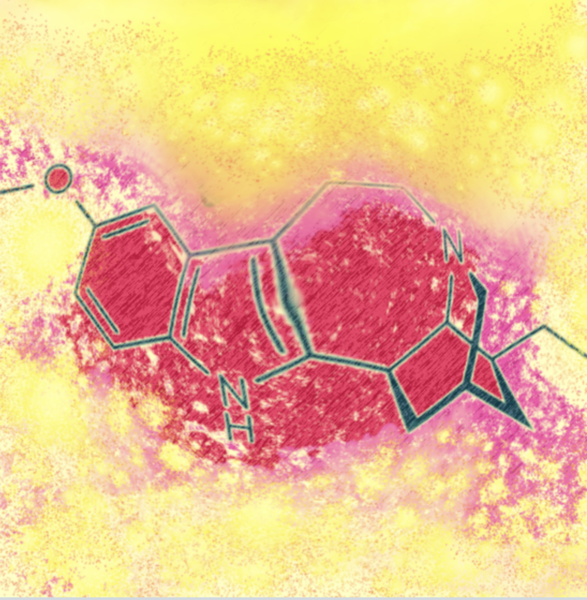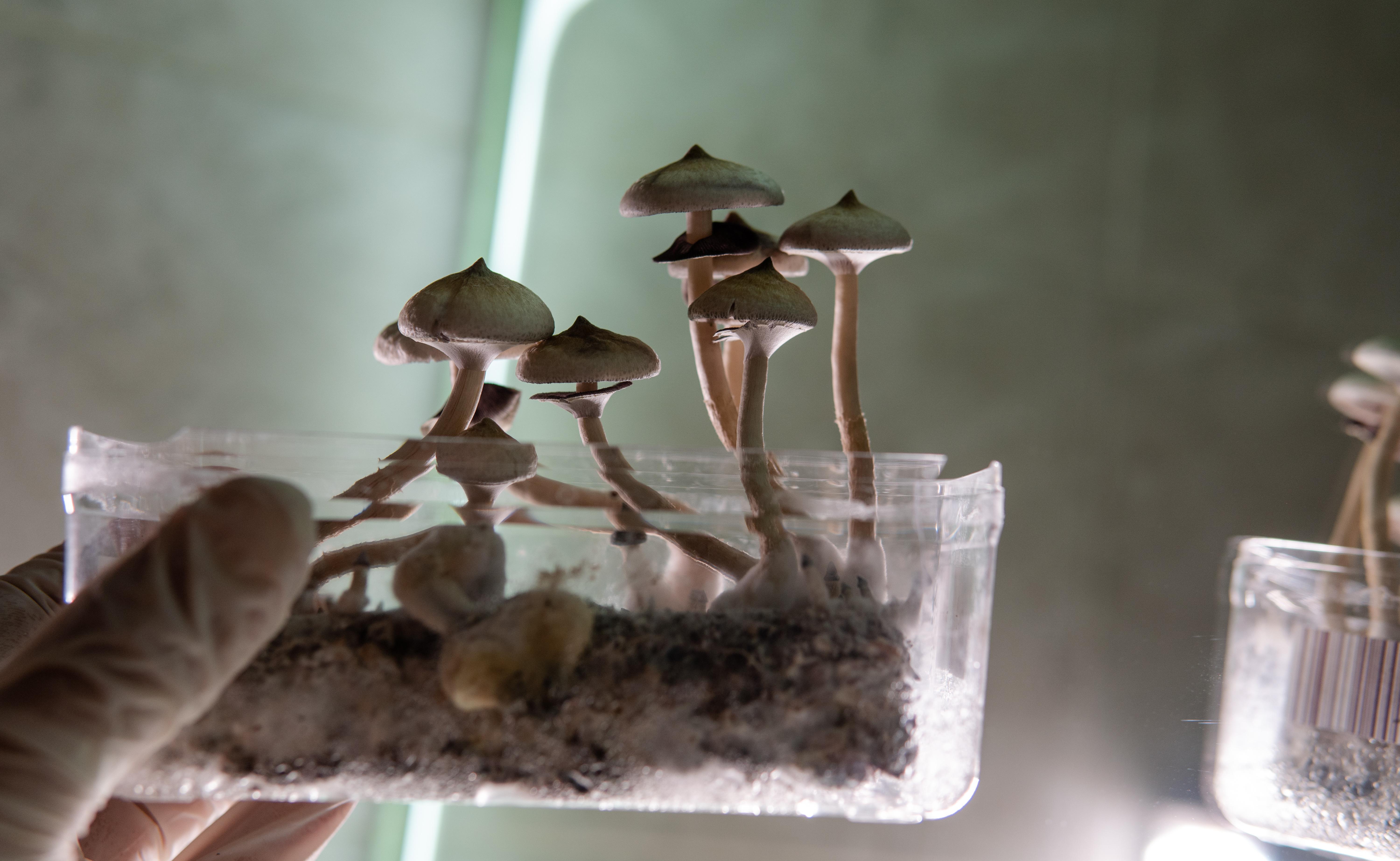depression
Daydreaming can be a pleasant pastime, but people who suffer from maladaptive daydreaming are trapped by their fantasies.
Research has shown the benefits of mindfulness, but the current mindfulness craze cannot deliver on its overhyped promises.
Psychedelics have been shown to help reduce depression. This study may show us why.
The evidence for a link between time spent using technology and mental health is fatally flawed.
Laughing gas may be far more effective for some than antidepressants.
The treatment is here, but are we ready?
A lithium imbalance appears linked to suicide.
Two different studies provide further evidence of the efficacy of psychedelics in treating depression.
Children with pre-existing mental health issues thrived during the early phase of the pandemic.
Intrinsic religiosity has a protective effect against depression symptoms.
New study suggests the placebo effect can be as powerful as microdosing LSD.
And if they could, would they care, asks philosopher John Gray in his new book.
Contrary to what some might think, the brain is a very plastic organ.
New studies show that some people can hear and respond to questions while dreaming.
Can playing video games really curb the risk of depression? Experts weigh in.
From baboon hierarchies to the mind-gut connection, the path to defeating depression starts with understanding its causes.
▸
23 min
—
with
Did America’s collective mental health get worse (and then better) after the first COVID-19 lockdown?
As a new industry emerges, therapists need to be educated.
Workaholism is perhaps the most socially accepted addiction, but a new paper shines light on the serious health risks that accompany it along with which occupations are most at risk.
An excessive focus on past failures can make learning about new situtations more difficult.
There’s no such thing as a miracle drug.
After the unrelenting negativity of 2020, we may need a refresher on the benefits of a positive affect.
A new study shows that the top rap songs in the U.S. are making increasingly frequent references to depression and suicidal thoughts.
There is a lot we don’t know about psychedelics, but what we do know makes them extremely important.
▸
20 min
—
with
A new study explores the therapeutic potential of the psychedelic drug ibogaine, which has been used in Africa for centuries.
There is a neurological link between serotonin levels and the brain’s ability to control impulses and patience levels.
Psychedelic therapy will become legal in Oregon in 2023. That’s thanks largely to a renaissance of psychedelic research that’s changing attitudes on the substances’ medical potential.
The compound found in “magic mushrooms” has significant and fast-acting impact on the brains of rats.
